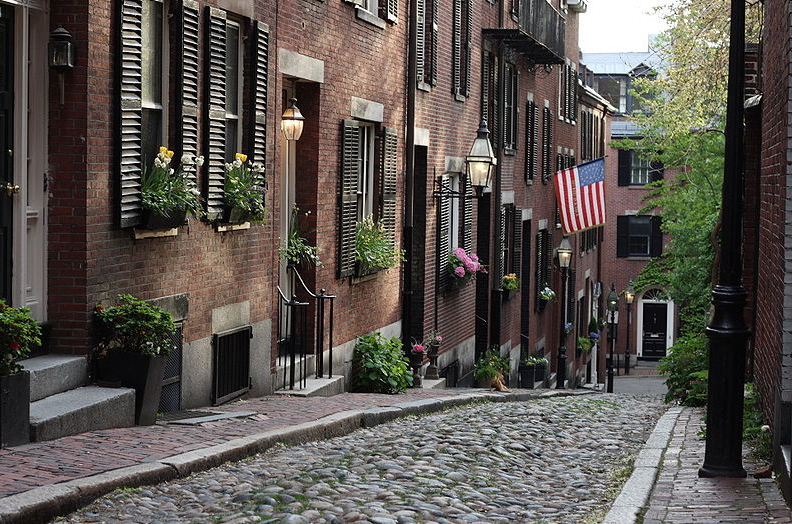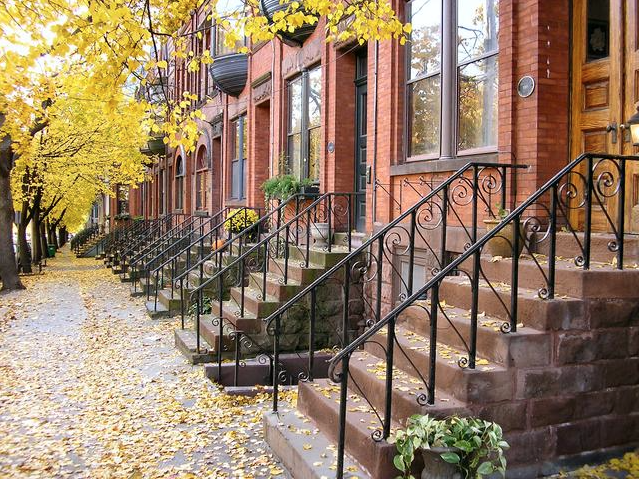One of the most confusing terms in Austin politics today is affordable housing. There are two very different definitions in use.
affordable housing
The first definition, which I tend to call affordable housing without using capital letters, is the plain meaning: a housing unit that doesn’t cost very much. There are many reasons why some housing is less expensive than other housing. It might be smaller, older, lack amenities like pool access or parking or hardwood floors, be in a worse location (whether unpleasant or distant), or offer less privacy (e.g. shared rooms, shared apartments). This doesn’t mean that these housing units are terrible by any means! But it does mean that the people who have top dollar would rather pay that top dollar to live in other units.
Affordable Housing
The second type of Affordable Housing, which I tend to spell with capitals, is legally-binding, and either mandated or subsidized. This comes in many flavors, but basic characteristics are:
- It is mostly means-tested. That is, they must prove that they have a low enough income to qualify.
- It is legally bound to remain Affordable Housing for a period, often measured in decades.
There are various programs that create or require Affordable Housing in Austin. Voters approved a bond to subsidize creation of Affordable Housing units. Some denser developments are required to set aside some of their units to be mandated, subsidized Affordable Housing, and others are allowed to buy their way out of this provision by paying taxes into a fund that subsidizes the creation of Affordable Housing units elsewhere. There are niche housing developers who specialize in building Affordable Housing, such as the nonprofit Foundation Communities.
There are different types of Affordable Housing. Permanent Supportive Housing is targeted at the chronically homeless, heavily subsidized (residents may pay rent of $50 per month or no rent at all), and comes paired with social services to help the residents get on their feet. This housing feels more like a social service than a straight affordability program; it is tightly entwined with other social services and serves a population that otherwise may literally have no housing at all otherwise. On the other hand, a mandated Affordable Housing unit in a VMU development is at the opposite end of the scale. While it only serves people in the lower half of the income scale, it only serves people in a narrow band of that scale, because residents must both prove that they make little enough money to qualify for the program and enough money to pay their rent. Rents on these units may be as high as $700 for a 1BR, well beyond what many of the neediest are able to pay.
When they conflict
There are some people who support both Affordable Housing and the broader movement towards more affordable housing through other means. Pretty often, however, affordable housing and Affordable Housing actually come into conflict. As mentioned above, one mechanism that pays for Affordable Housing is taxing the creation of new, dense development, like the Downtown Density Bonus (DDB) and the VMU affordability provisions. In the case of the DDB, a developer must pay fees if they want to build a taller building with more homes. In the case of VMU, a developer must set aside units if they want to build less parking. Parking is very expensive, whether it’s building garages or just dedicating land to surface lots, so accepting reduced rent on some units for decades may still be more profitable than being forced to build parking spaces. This sets up two different ways these programs for Affordable Housing cause conflicts between affordable housing and Affordable Housing:
Taxing Development Reduces The Number of New Homes
By focusing so much taxation on dense, new development, there are probably some projects that would get built or built larger if it weren’t for the tax. Note that this isn’t true for the Affordable Housing bond, which was funded by a broad-based property tax increase, but specifically for the development taxes like the DDB that target only new development. As I discussed before, one of the major reasons for the lack of affordable housing in Austin is that there just isn’t enough housing altogether. In a game of musical chairs, when there aren’t as many chairs as there are players, somebody ends up without a chair–or else sitting in somebody’s lap. In a game of musical homes, players end up homeless, doubled up, or leaving the city altogether. Landlords and developers have freer rein to raise rents, knowing they will find somebody to pay, reducing the supply of affordable housing. Even if the new developments that would have been created would have been expensive housing, they help to create more slack in the rental market, removing the ability of landlords of cheaper places to raise their rents.
Giving development taxes to Affordable Housing providers creates constituency against allowing more development
There are many supporters of Affordable Housing in the city. Providing a mechanism that allows some types of new housing to be created only if it they pay for Affordable Housing provides a strong reason for these supporters to oppose any measure that allows other types of housing unless it also creates Affordable Housing. It also provides a much stronger incentive for people to oppose lifting restrictions on building because the taxes that are raised by allowing developers to buy out of those restrictions are dedicated to a particular, organized constituency.
This has happened at City Council most recently in the discussion of a very positive development to allow the creation of more affordable housing. The ordinance would allow developers to build more small housing units per building in some places than they previously could and also allows them to reduce one of the most expensive amenities housing can provide: a parking space for each unit. This measure encourages the creation of more affordable housing. Developers are always trying to balance the costs of building a unit against the potential rent they can charge (or price they can sell it for). Some would opt for a high-cost, high-rent model, while others for a low-cost, low-rent model. What this ordinance does is allow some of the costs to be foregone (parking) and others spread out over more units (land), but only if the developer creates smaller, less desirable, more affordable units. This promotes affordable housing in two ways: directly, by encouraging developers to opt for a lower-cost, lower-rent model; and indirectly, by providing more homes overall for the game of musical chairs.
At Council, however, the biggest concern with the ordinance was that, by allowing developers to create affordable housing without requiring them to build parking spaces, the city would lose leverage over the developer to force them to create Affordable Housing. In other words, Affordable Housing advocates were afraid that if developers were allowed to build more affordable housing, they may not agree to build more Affordable Housing.
Words
If that previous sentence–and this entire article–wasn’t confusing to you, you may have been involved in Austin politics too long. I intentionally made it difficult to read, to help clarify just how crazy using the same words to refer to different concepts can be. There have been many proposals for terms that would help clarify this (e.g. “social housing” instead of “Affordable Housing”, “affordable housing” as a condition (affordability) of housing, and “Affordable Housing” as a housing product type). My plea to my readers is simply this: when talking about either, be clear which you are referring to. When listening to people talk about either, make sure they clarify which they are referring to. If somebody reports on the number of “Affordable” units in the city, make sure they are clear about whether they are counting only means-tested Affordable Housing units or all housing units that don’t cost that much.
And a special plea to the journalists and editors out there: please, please, develop a house style that brings clarity to this issue. When you use the words “affordable housing” to refer only to Affordable Housing (as, say, the Chronicle does here), you are doing your readers a grave disservice and confusing the issue.


 Dan’s linked post does a pretty great job of laying out the basic problem in Austin. SF-3 zoning is essentially a suburban code. The problem is that suburban code is the widely applied default zoning of our urban core. Continue reading
Dan’s linked post does a pretty great job of laying out the basic problem in Austin. SF-3 zoning is essentially a suburban code. The problem is that suburban code is the widely applied default zoning of our urban core. Continue reading 
